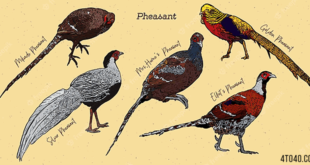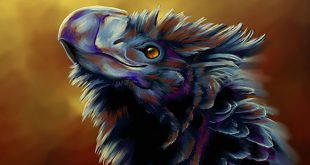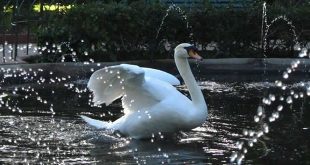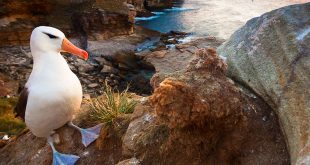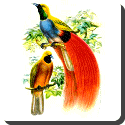 Bird of Paradise — The birds-of-paradise are members of the family Paradisaeidae of the order Passeriformes. The majority of species in this family are found on the island of New Guinea and its satellites, with a few species occurring in the Moluccas and eastern Australia. The family has forty species in 14 genera. The members of this family are perhaps best known for the plumage of the males of most species, in particular highly elongated and elaborate feathers extending from the beak, wings or head. For the most part they are confined to dense rainforest habitat. The diet of all species is dominated by fruit and to a lesser extent arthropods. The birds-of-paradise have a variety of breeding systems, ranging from monogamy to lek-based polygamy.
Bird of Paradise — The birds-of-paradise are members of the family Paradisaeidae of the order Passeriformes. The majority of species in this family are found on the island of New Guinea and its satellites, with a few species occurring in the Moluccas and eastern Australia. The family has forty species in 14 genera. The members of this family are perhaps best known for the plumage of the males of most species, in particular highly elongated and elaborate feathers extending from the beak, wings or head. For the most part they are confined to dense rainforest habitat. The diet of all species is dominated by fruit and to a lesser extent arthropods. The birds-of-paradise have a variety of breeding systems, ranging from monogamy to lek-based polygamy.
The family is of cultural importance to the inhabitants of New Guinea. The trade in skins and feathers of the birds-of-paradise has been going on for two thousand years; and, the birds have been of considerable interest to Western collectors, ornithologists and writers as well. A number of species are threatened by hunting and habitat loss.
Birds of paradise are generally crow-like in general body-form, and, indeed, are the brother group to the corvids (crows and jays). Birds-of-paradise range in size from the King Bird-of-paradise at 50 g (1.8oz) and 15cm (5.9in) to the Curl-crested Manucode at 44cm (17in) and 430g (15oz). The male Black Sicklebill, with its long tail, is the longest species at 110cm (43in). In most of the males are larger and longer than the female, the differences ranging from slight to extreme. The wings are rounded and in some species structurally modified on the males in order to make sound. There is considerable variation in the family with regard to bill shape. Bills may be long and decurved, as in the sicklebills and riflebirds, or small and slim like the Astrapias. As with body size on average bill size varies with sex, although species where the females have larger bills than the male are more common, particularly in the insect eating species. For reasons of camouflage plumage of the females typically blends well with their habitat, unlike the bright attractive colors found on the males.
Plumage variation between the sexes is closely related to breeding system. The manucodes and Paradise-crow, which are socially monogamous, are sexually monomorphic. So are the two species of Paradigalla, which are polygamous. All these species have generally black plumage with varying amounts of green and blue iridescence.
Most species have elaborate mating rituals, with the Paradisaea species having a lek-type mating system. Others, such as the Cicinnurus and Parotia species, have highly ritualized mating dances. Males are polygamous in the sexually dimorphic species. Hybridization is frequent in these birds. Many hybrids have been described as new species, and in some forms, such as Rothschild’s Lobe-billed Bird of Paradise, even today some doubt remains whether they might not be valid.
Birds-of-paradise build their nests from soft materials, such as leaves, ferns, and vine tendrils, typically placed in a tree fork. Clutch size is somewhat uncertain. In the large species, it is almost always just one egg. Smaller species may produce clutches of 2–3. Eggs hatch after 16–22 days, and the young leave the nest at between 16 and 30 days of age.
 Kids Portal For Parents India Kids Network
Kids Portal For Parents India Kids Network
